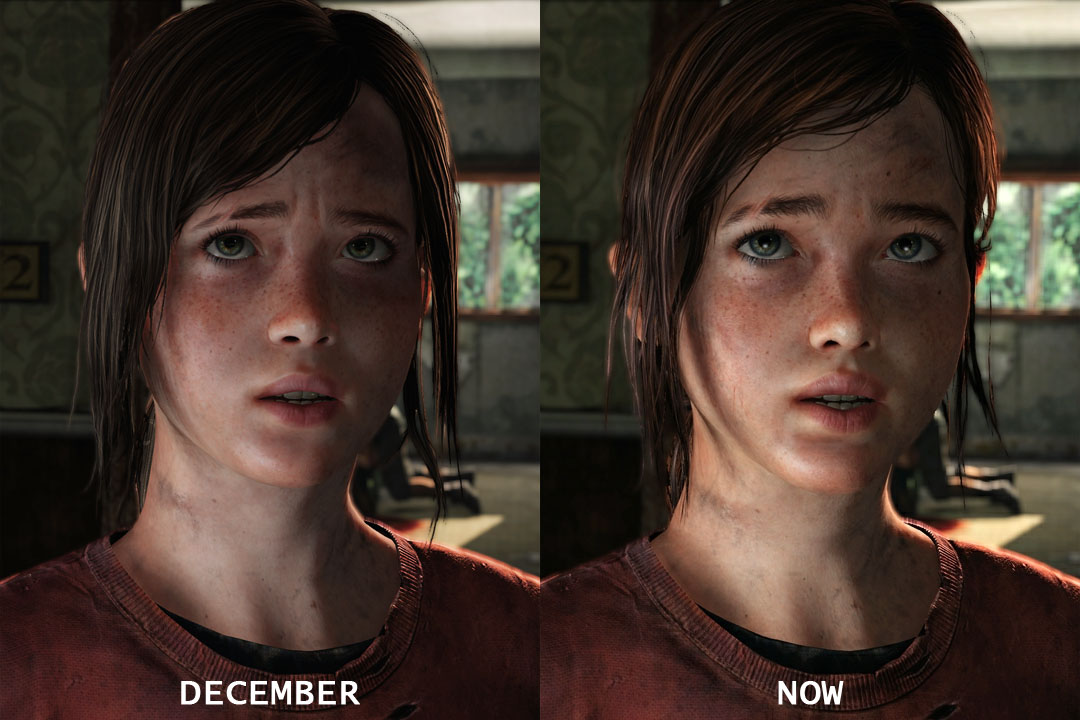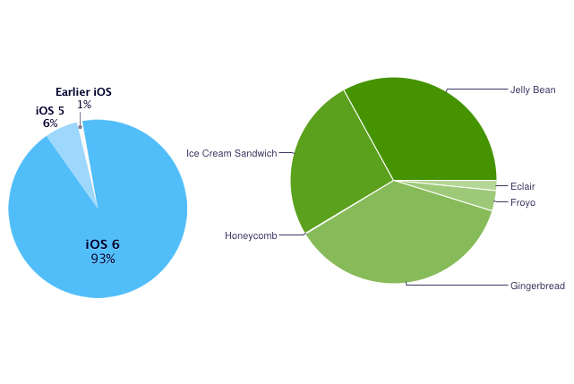After the NSA’s Prism program leaked to the public, it’s safe to say every intelligent flesh and blood social net user has been questioning just what privacy means on Facebook, Twitter and everywhere else people like to share information. Facebook just gave their users another reason to worry. On Friday, they revealed that the phone numbers and email addresses of 6 million users became accessible, even if they were set to private.
Facebook blamed a bug, one that wasn’t found by their own staff. It was found by an outsider participating in Facebook’s bounty-based DIY debugging program, where users who find vulnerabilities in the social net can earn money.
Facebook described the flaw as only making the information — either email or phone — available to people already in a user’s network, and only if they downloaded their account histories. Major news media has been making it a point to highlight how 6 million users is a drop in the bucket when you consider Facebook has more than 1 billion of them. (The factoid smells like a Facebook PR sound bite.) So it’s a mild breach, if there is such a thing.

Based on a Huffington Post article today, Facebook users haven’t been quick about seeing the silver lining around this one.
“Users are extraordinarily upset that Facebook did not apologize for leaking this information,” writes HuffPo.
It then goes on to a list a selection of angry posts, with most of them tying this breach of trust to the one with the NSA and Prism. The first user tells Facebook to fix loopholes “before you go down swinging.”
Let’s be realistic, the notion of privacy on the internet is dead. Before the U.S. was exposed — characteristically by a concerned citizen — plenty of other countries killed it for their netizens, and did it brazenly. The more likely scenario is angry users swinging, but as far as internet privacy is concerned, still going down.
Source: Huffington Post







